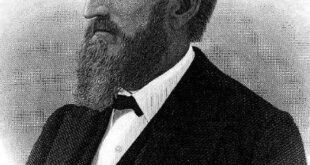The Evolution of Barbie’s Professional History
In recent years, Barbie dolls have undergone a transformation to reflect changing societal norms and women’s increasing presence in the labor force. From her inception in 1959 to the present day, Barbie’s professional history has become a poignant reflection of the progress made by women in the workforce.
Breaking Stereotypes: Barbie’s Early Professional Roles
When Barbie was first introduced, her primary occupation was as a fashion model, reflecting the prevailing societal expectation of women at the time. She was often depicted as a glamorous and beautiful figure, reinforcing stereotypes of women’s roles being confined to looks and aesthetics.
In the 1960s, with the rise of the feminist movement and the second wave of feminism, Barbie’s repertoire expanded to include more diverse professional roles. She became an astronaut, an Olympic athlete, a business executive, and even a doctor. These were groundbreaking for the time, challenging the notion that women were limited to certain careers.
Barbie’s Professional Journey Through the Decades
As the decades progressed, Barbie’s career choices continued to evolve. In the 1970s, she ventured into traditionally male-dominated fields, such as engineering and computer science. These choices reflected the growing presence of women in STEM and aimed to inspire young girls to pursue these fields.
In the 1980s, Barbie took on more entrepreneurial roles, demonstrating that women could be successful business owners and leaders. She became a CEO, a fashion designer, and a restaurant owner, proving that ambition and career success were not limited to men.
The 1990s marked a significant shift for Barbie, as she began exploring non-traditional careers to challenge gender norms. She became a firefighter, a police officer, and even a pilot, defying expectations and showing that women could excel in traditionally male-dominated professions.
Barbie in the Modern Era: Empowering Women’s Careers
As we entered the new millennium, Barbie’s professional history took another meaningful turn. Mattel, the company behind Barbie, recognized the need to keep up with societal changes and continue empowering women. Barbie began assuming roles that were not only professional but also aimed at making a positive impact on society.
In recent years, Barbie has become a computer engineer, a film director, a conservationist, and a judge. These careers reflect a growing emphasis on promoting gender equality and encouraging girls to envision their own success across various fields.
Conclusion: Barbie as a Symbol of Progress
Barbie’s professional history serves as a mirror to society’s changing attitudes towards women in the labor force. From reinforcing traditional gender roles to breaking stereotypes and inspiring young girls, Barbie has evolved alongside the progress made by women.
While there is still work to be done in achieving full gender equality in the labor force, Barbie’s transformation reflects the broader shift towards empowering women and providing them with diverse role models. Barbie’s professional history is a testament to the tireless efforts of countless women who have paved the way for generations to come.
 Mind Uncharted Explore. Discover. Learn.
Mind Uncharted Explore. Discover. Learn.




